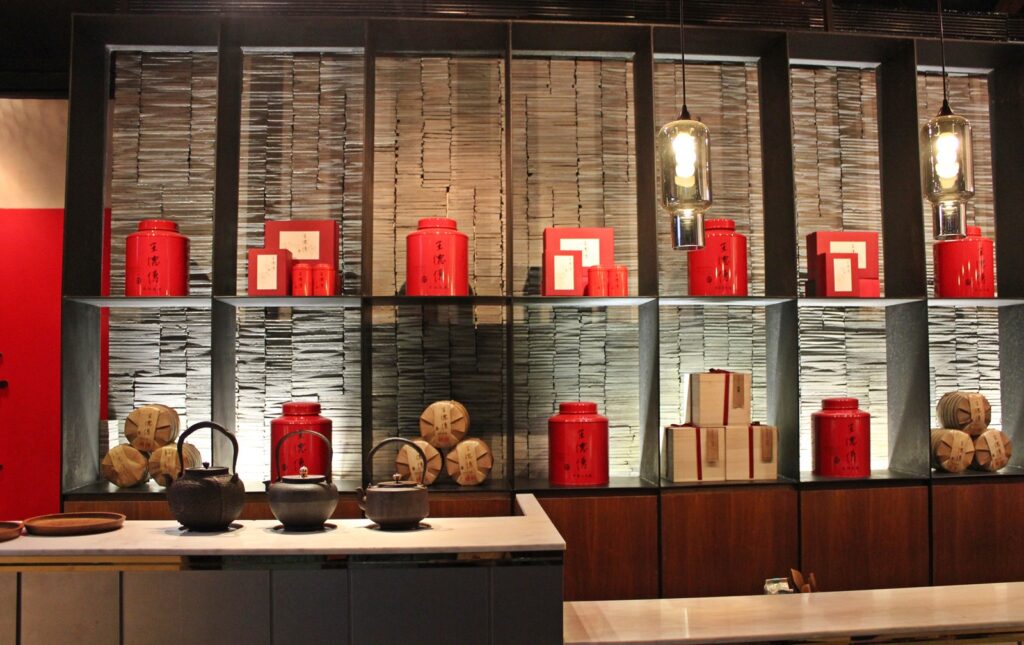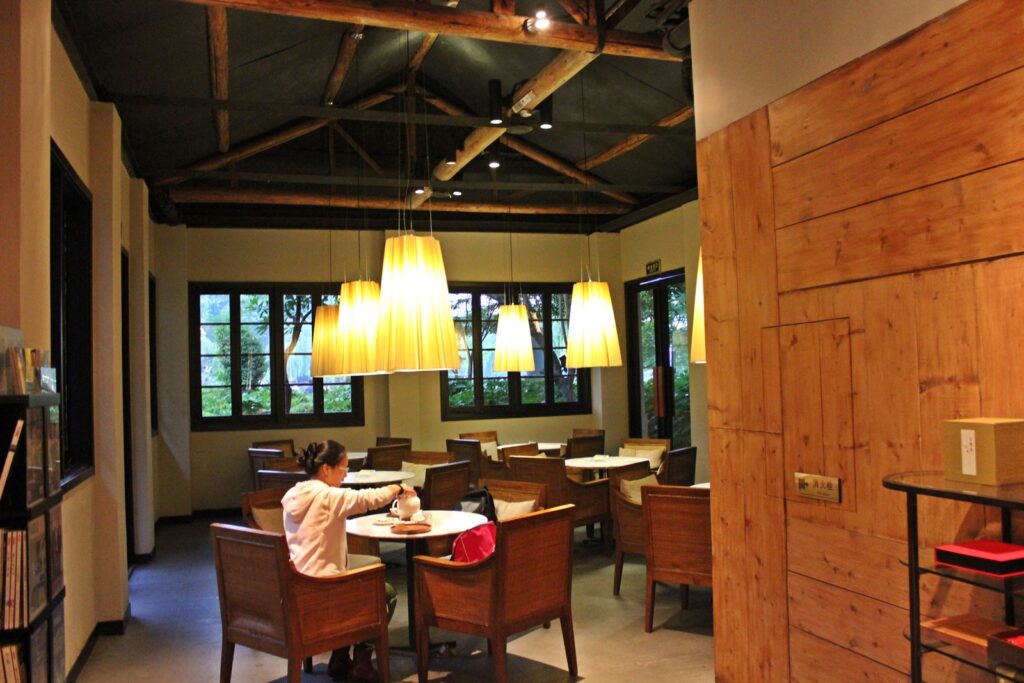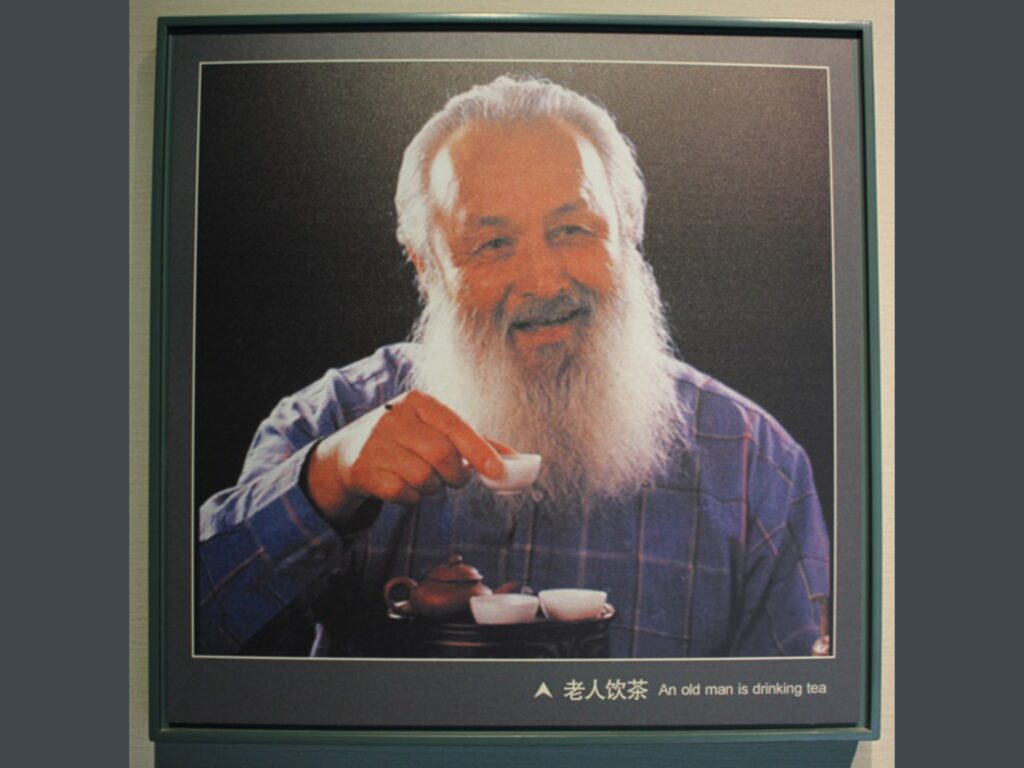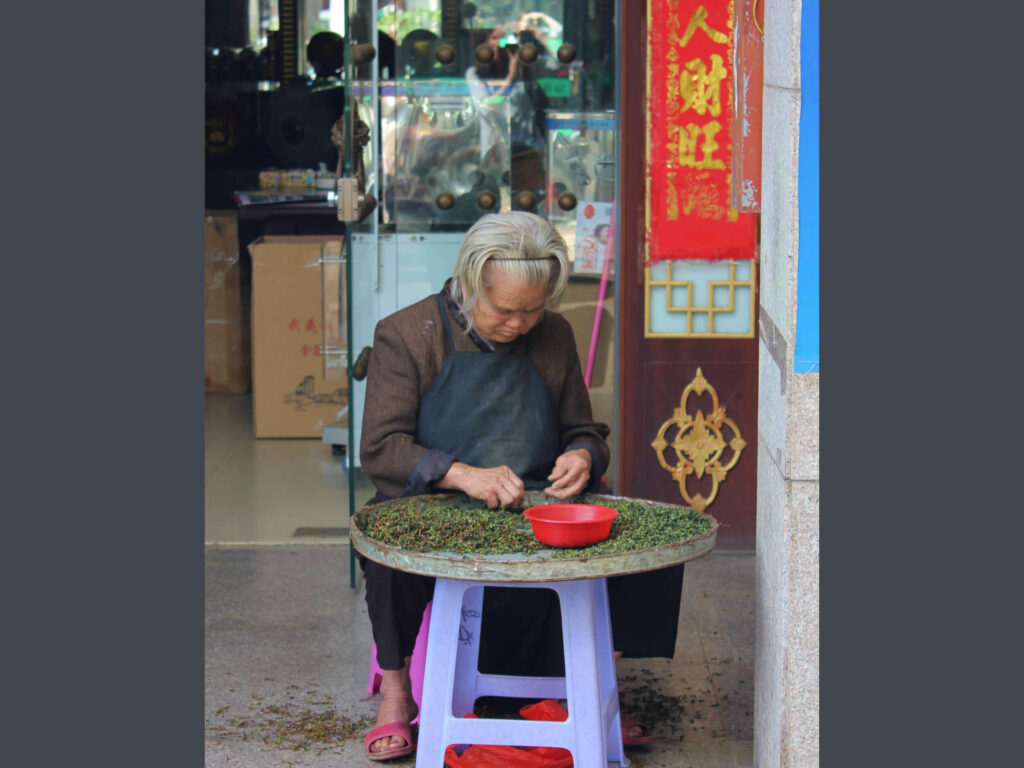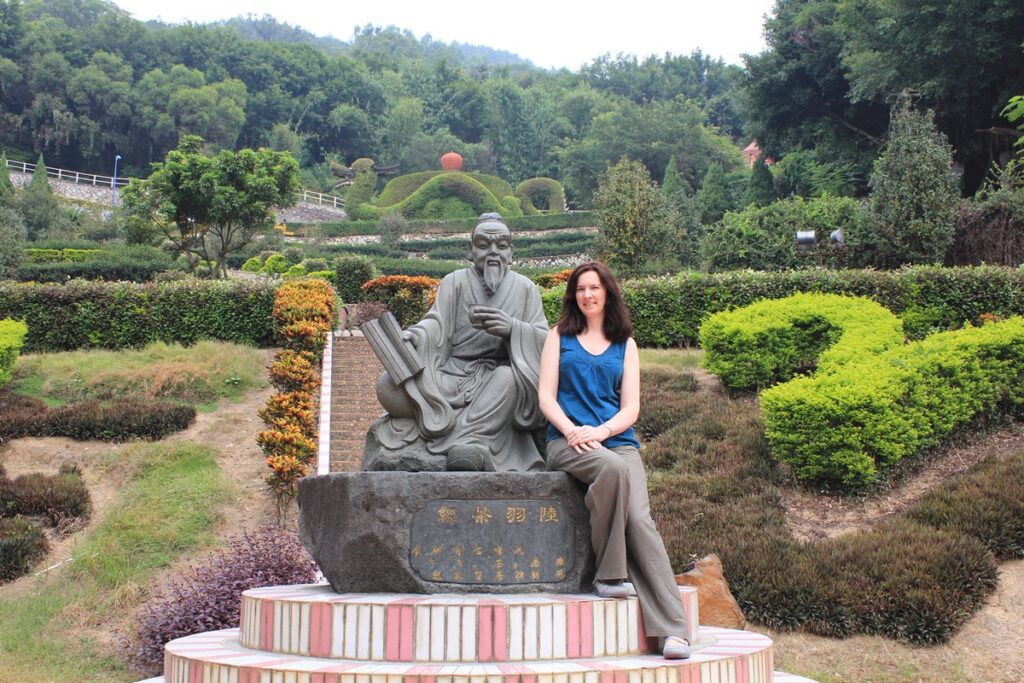Being a tea lover and having lived in China for over 6 years, a pilgrimage to China’s National Tea Museum was really somewhat overdue. The museum is nestled amongst the tea gardens of Longjing, near Hangzhou, so also a perfect place to relax over a glass of freshly picked Longjing tea.
“There are seven daily necessities – firewood, rice, oil, salt, sauce, vinegar and tea” – an old Chinese proverb
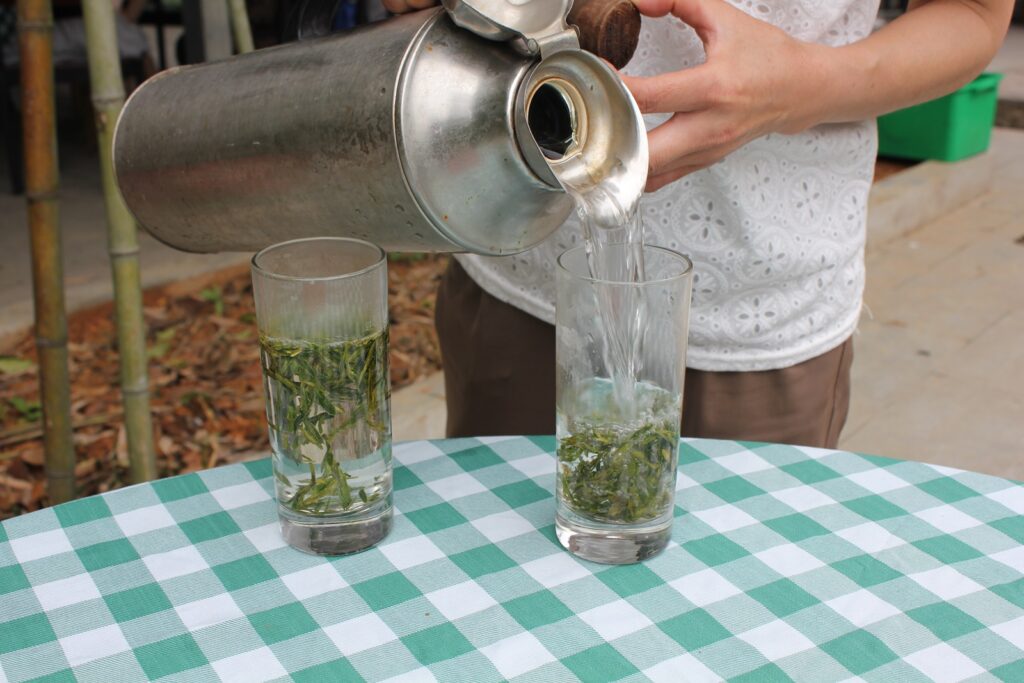
Tea was first discovered in China almost 5,000 years ago, so there was a lot to get through. The museum covers all aspects of tea including history, tea types, tea processing, tea appreciation, tea sets and brewing, health benefits. A vast subject, so for this post I’m narrowing it down to the main eras in Chinese history that really shaped the evolution of tea.
The three dynasties that are said to be the most important in the development of tea in China are the Tang Dynasty (618-906), the Song Dynasty (960-1279) and the Ming Dynasty (1368-1644).
Tang Dynasty (618-906)
This was really the Golden Age of tea. Tea culture thrived during the Tang Dynasty due to two things – Buddhism and tribute teas.
Chan Buddhism was growing in popularity and was taught by the fantastically named Demon-subduing Master from Lingyan Temple at Tai Mountain. His followers weren’t allowed to sleep or eat at night, but they were allowed to drink tea.
The other important factor was the appearance of tribute teas used at the imperial court. The imperial court of the Tang Dynasty hosted many tea ceremonies, including the annual Qingming Banquet. The development of these elaborate tea ceremonies gave rise to Tea Masters who were employed by Emperors and the wealthy to conduct the ceremonies.
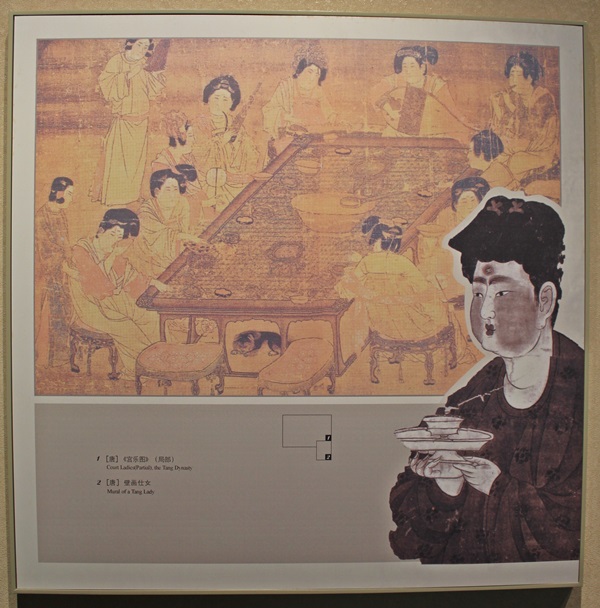
It was during the Tang Dynasty that Lu Yu wrote the Cha Jing or The Tea Classic between 760 and 762, the first book specialising in tea. At the time tea came in the form of tea cakes or bricks, made from compressed loose tea leaves. The tea was then ground into powder using a grinder and cooked in a pot of boiling water called a ewer. According to Lu Yu there were 28 different pieces of equipment required to make tea!
Before the Tang Dynasty there were no real specialist tea sets. However this all changed with the development of the elaborate tea ceremonies which used specialised tea sets. The most popular teaware during the Tang Dynasty were porcelain and celador, as well as silver.
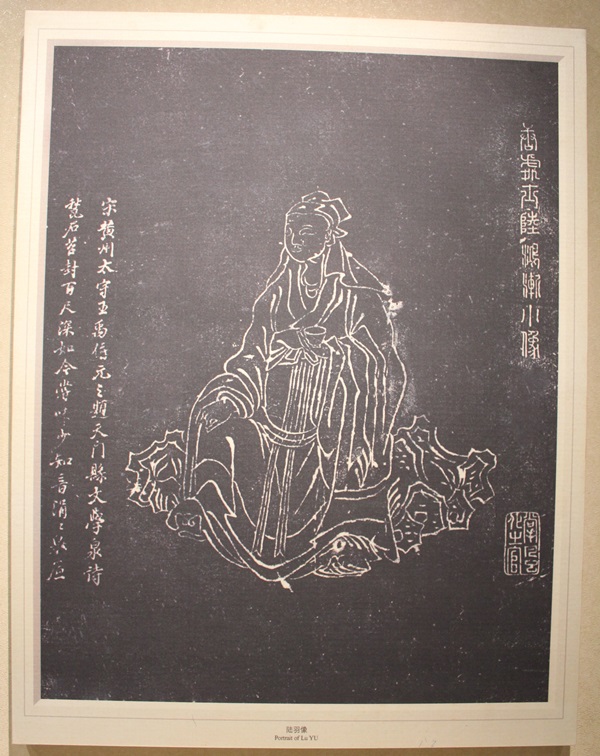
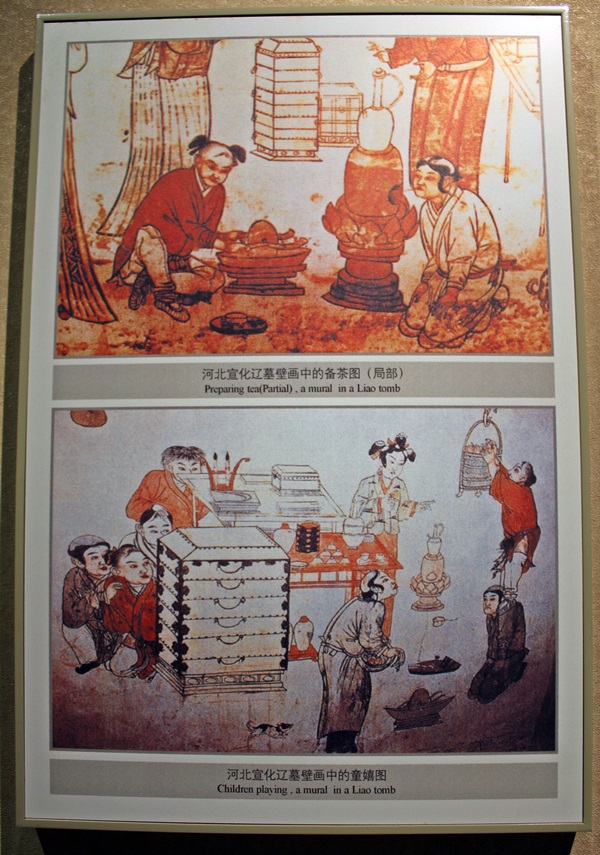
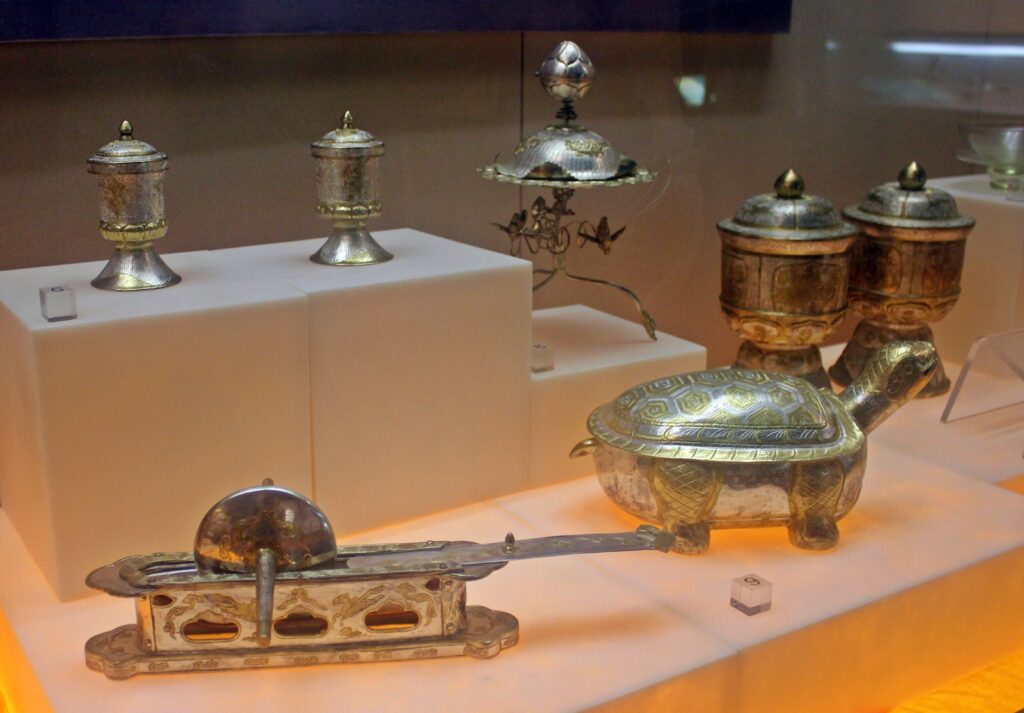
Song Dynasty (960-1279)
The Song Dynasty was a period of innovation and refinement with regards to tea. The tradition of tribute teas continued, but the Song Dynasty also saw the emergence of tea competitions and teahouses, as well as a change in the way tea was brewed. Now, tea was ground into powder with a pestle and mortar then whisked with boiling water into a foamy green liquid. A Japanese monk studying in China called Eisai took this method of tea brewing back to Japan, and thus was the beginnings of the Japanese tea ceremony.
At the tea competitions the Tea Masters were judged on the way they conducted the tea ceremony, the tea leaf and water quality and the brewed tea. The art of making teaware developed during this period to take account of the new way of tea brewing. The whisked tea was a bright green colour so teaware with black or dark blue glaze was favoured. The most famous style was called “rabbit’s fur”.
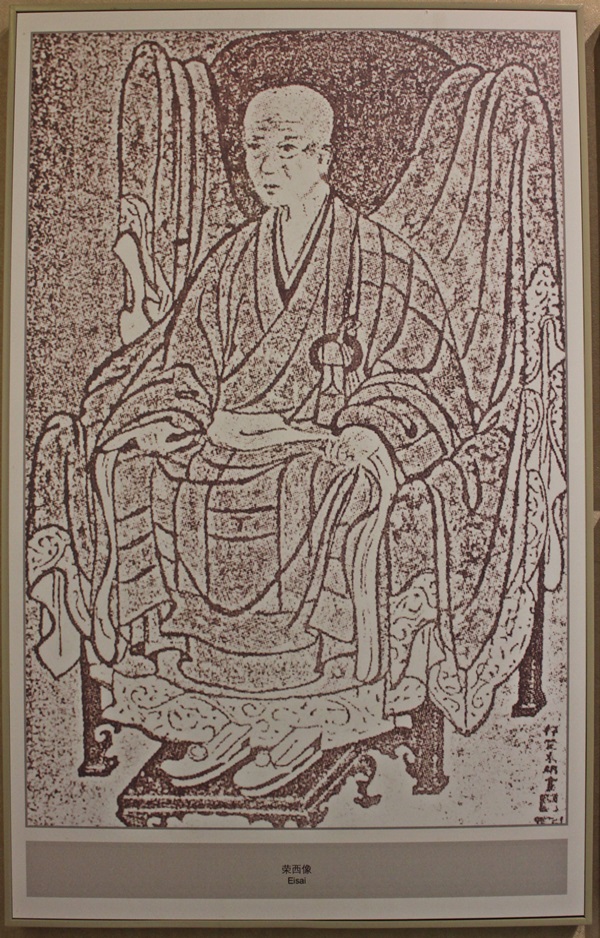
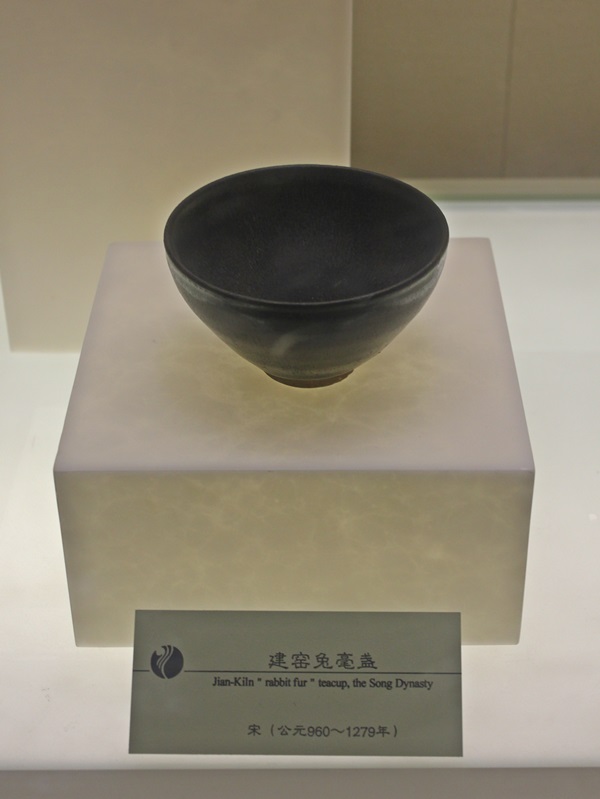
Ming Dynasty (1368-1644)
The Ming Dynasty marked another change in tea preparation to a more simplistic method. The Ming Dynasty’s first Emperor, Zhu Yuanchang, issued an edict that tribute teas should be loose tea instead of the tea cakes. The Ming people appreciated this new method, believing it lessened the burden on people of making the Dragon and Phoenix tea cakes. It was also believed that loose tea preserved the natural flavour of the tea which was simply steeped in boiling water. During this period, the tea competitions were stopped.
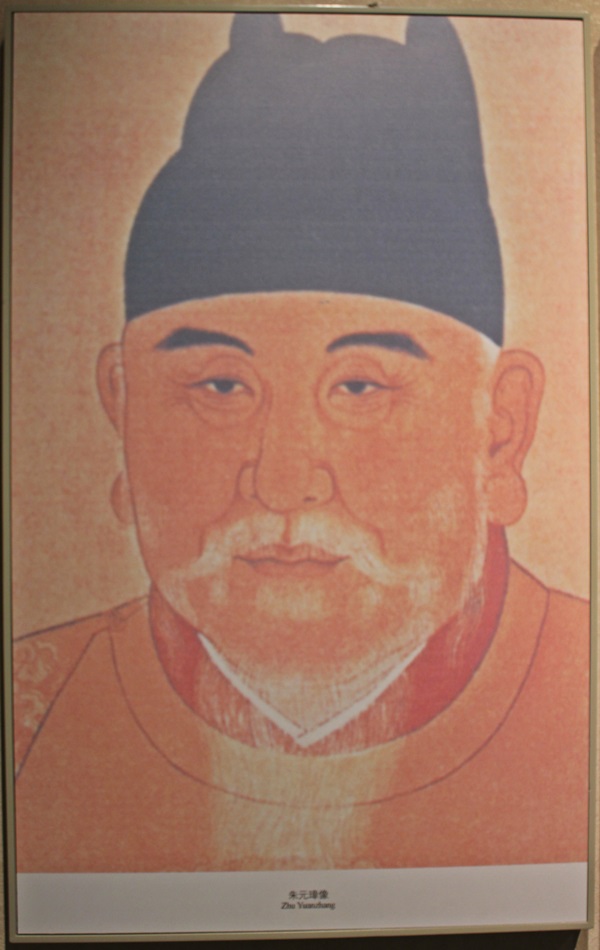
The Ming Dynasty saw an increasingly centralised monarchy. Its scholars, unable to utilise their talents at court, devoted themselves to music, chess, painting and calligraphy, the perfect partners for tea. This is why many experts on tea in the Ming Dynasty were highly learned scholars. They wrote many books on tea which have been handed down through the generations.
“Music, chess, calligraphy, painting, poetry, wine and tea” – the seven necessities for Chinese scholars.
Celadon teapots and purple clay (zi sha) teapots grew in popularity due the change in the tea brewing method. This led to the rise of the industries of Yixing (zi sha pots) and Jingdezhen (porcelain pots).
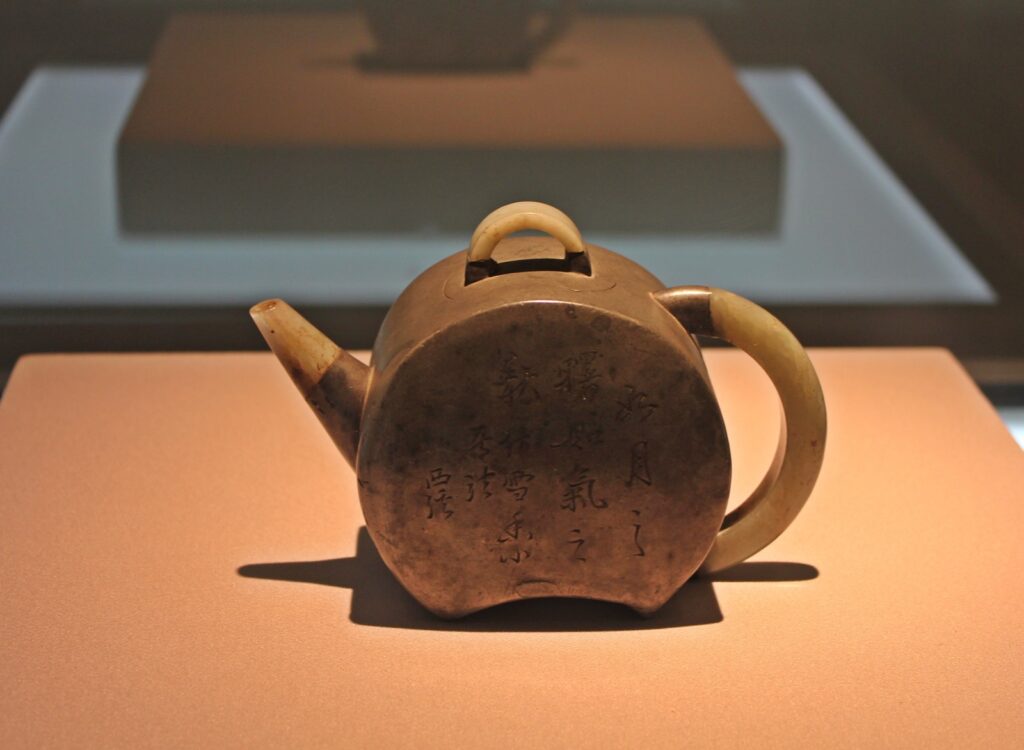
During the following dynasty, the Qing Dynasty, tea increasing became a part of everyday life for ordinary people and saw a rise in the number of teahouses. A great concept that was introduced during this era was the Tea Stele or tea temples. Money raised by monks and other kindly folk was used to offer tea and rest to passers-by at tea temples set up on main roads.
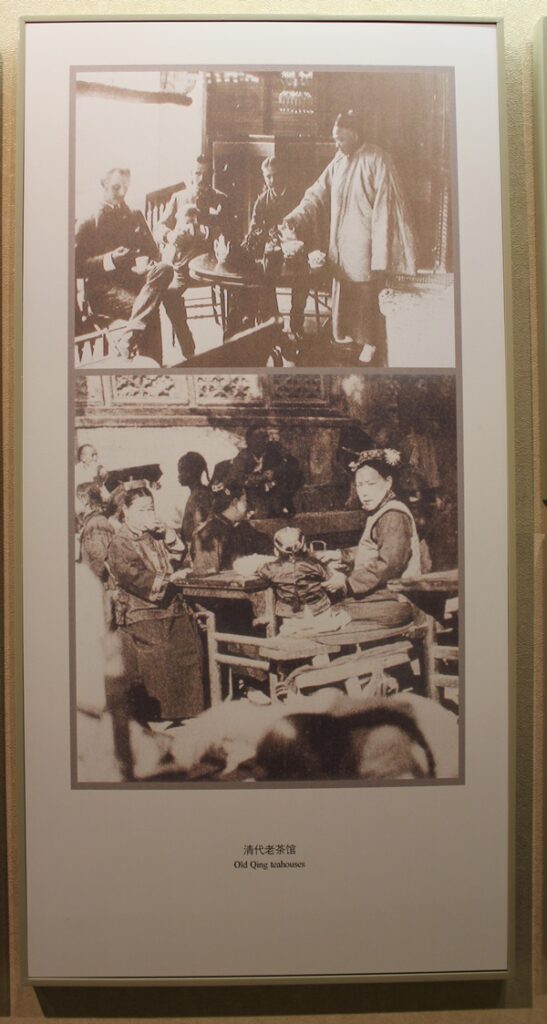
After a long day topping up our tea knowledge we got on a packed bus back into town and headed for Wang de Chuan, a beautiful teahouse by West Lake specialising in pu’er tea. It’s Taiwanese owned but also has branches in Hangzhou, Shanghai, Suzhou, Nanjing and Hong Kong.
